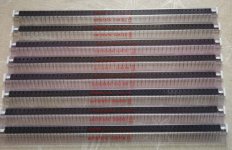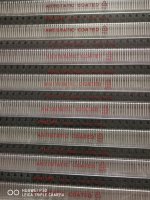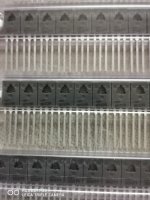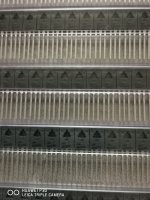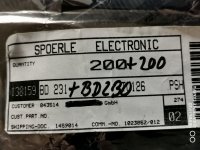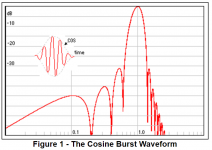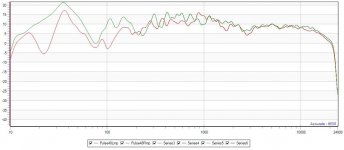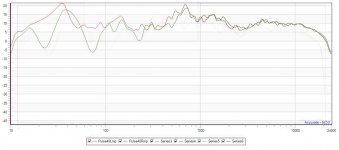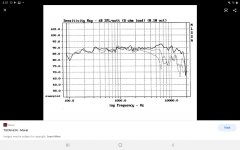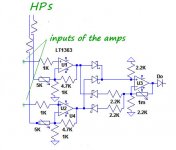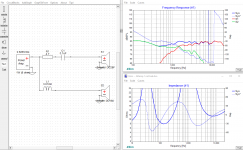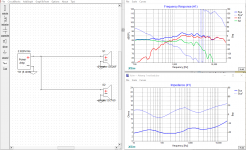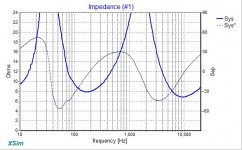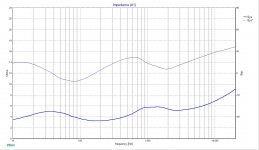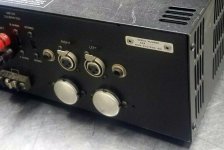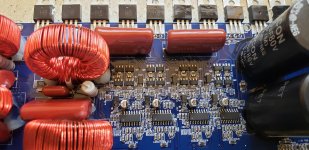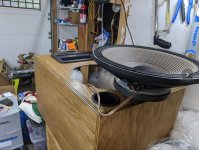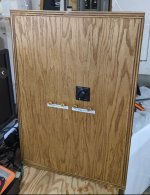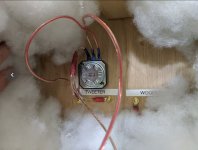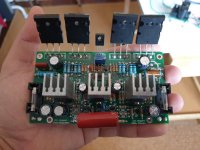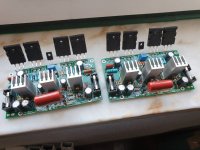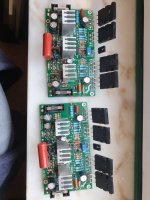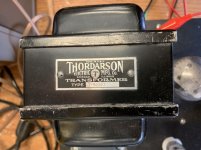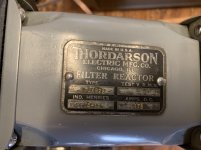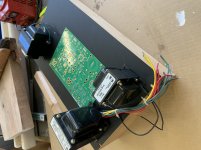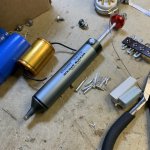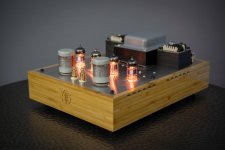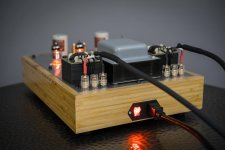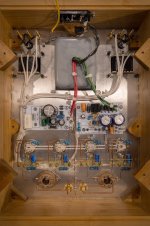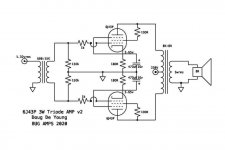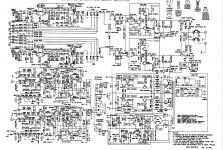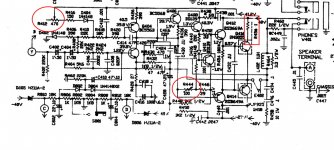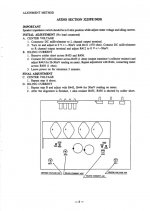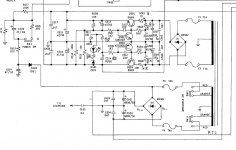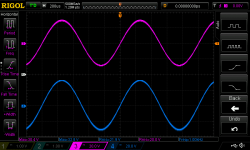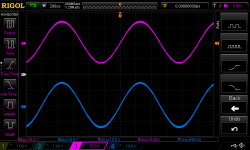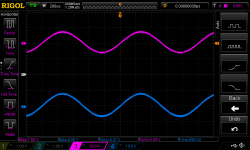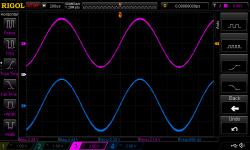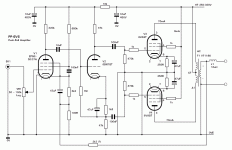Punch 40 dsm
- By vincegironda
- Car Audio
- 19 Replies
Hi all, I have a Punch 40 DSM on the bench
Which powered up but no audio, there was evidence
of cap leakage around the 10uf 16v smd caps.
So I replaced the lot including the ones on the upright board.
The amp plays nice and clean on the right channel but low on the left channel. It also plays audio via the left channel when only the right channel input is connected?
I've gone through all the new caps and checked for bad connections and they're all good.
There's no signs of overheating or excessive current draw, any ideas on troubleshooting this one appreciated thanks
Which powered up but no audio, there was evidence
of cap leakage around the 10uf 16v smd caps.
So I replaced the lot including the ones on the upright board.
The amp plays nice and clean on the right channel but low on the left channel. It also plays audio via the left channel when only the right channel input is connected?
I've gone through all the new caps and checked for bad connections and they're all good.
There's no signs of overheating or excessive current draw, any ideas on troubleshooting this one appreciated thanks

